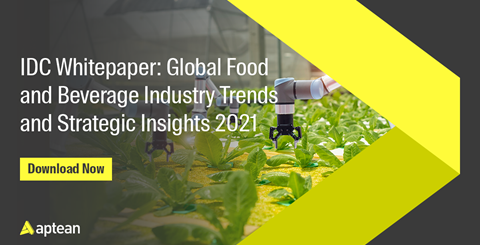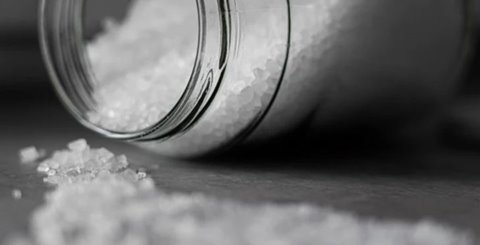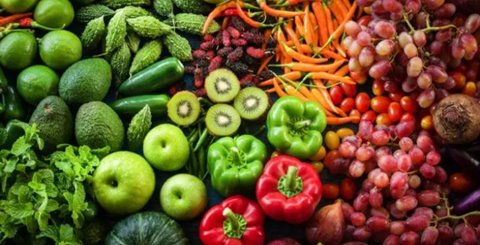The Ingredients for a Circular Economy in the Food Industry
The circular economy, the economic system of closed cycles, is becoming more and more popular, in the food as well. A great development, looking at the increasing world population, increasingly scarce materials, heightened price volatility and supply chain risks. No better time than the present to make use of the advantages of a circular economy. And we all need to contribute to this.
The circular economy versus the linear economy
First things first, what does a circular economy mean? Simply, the circular economy is an economic system that is meant to maximize the reusability of products and raw materials and minimize value destruction. A continuous flow of materials that keeps going round in a ‘circle'. This idea is directly opposite to the linear system that we're used to: here products are destroyed at the end of their life cycle (thus, quickly losing their value). Well-known subjects in the food like recycling and sustainability are part of the circular economy, but the principal is much larger than that. Maintaining the value of resources (raw materials, water, energy) while paying attention to prevention, efficient use of resources, environmental performance, sustainable procurement, and customer awareness.
The biological and technical cycle
The circular system consists of two different cycles: the biological cycle and the technical cycle. In the biological cycle, residuals materials safely return to nature after use and in the technical cycle, product (components) is made in such a way that these can be reused at a high-quality level. And the food industry can contribute to this. Examples are the breeding of potatoes that have the right shape of crisps or chips in order to prevent unnecessary loss of the harvest during peeling/cutting; using rejected fruit and vegetables from manufacturers and farmers to produce juices or soups (for example, our customer De Verspillingsfabriek); using parts of the animal that aren't sold as food for other purposes like animal feed and making biodiesel for renewable energy. Mainly large food multinationals like PepsiCo, Nestlé, and Mars are already working hard on a circular economy.
The 7 key elements of the circular economy
Does your food company want to get started with this, but you're unsure about where to start? Because the term "circular economy" is used in many different ways, Circle Economy has defined seven key elements that apply to every industry. These elements are a good guide to start with:
- Prioritize regenerative resources
- Preserve and extend what's already made
- Use waste as a resource
- Rethink the business model
- Design for the future
- Incorporate digital technology
- Collaborate to create joint value
Producing more efficiently with technology
Technology can help you produce more efficiently. For example, through the purchasing of products, inventory management, quality control, and tracking & tracing. In addition to all of this functionality, in Foodware 365 you also have the option to set up one or more co- and/or by-products in your software system. Co- and/or by-products are, for example, cutting waste, residual dough that is reused with bread and pastry, or registering other sizes that come out of production in addition to the standard sizes of the products. This can be directly registered in Foodware 365 and used again in a later production process. A good example of a circular economy with the help of technology.
Is your food company working on a more sustainable future?
 Nederlands
Nederlands English
English



